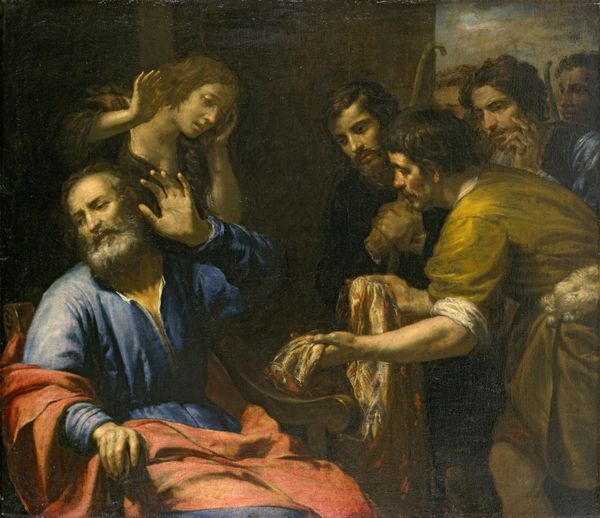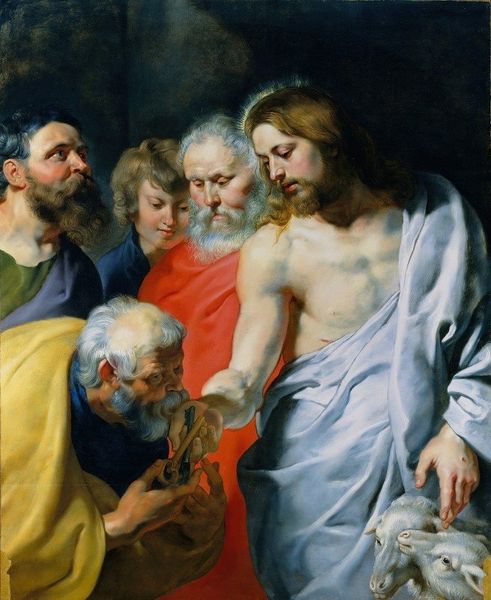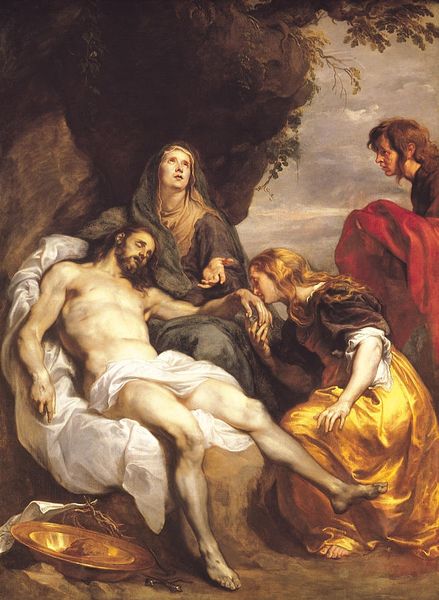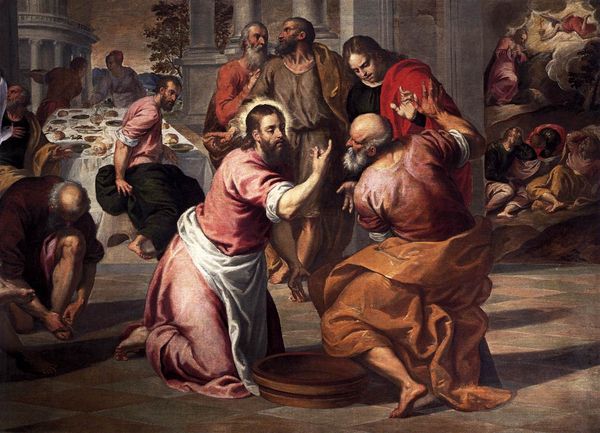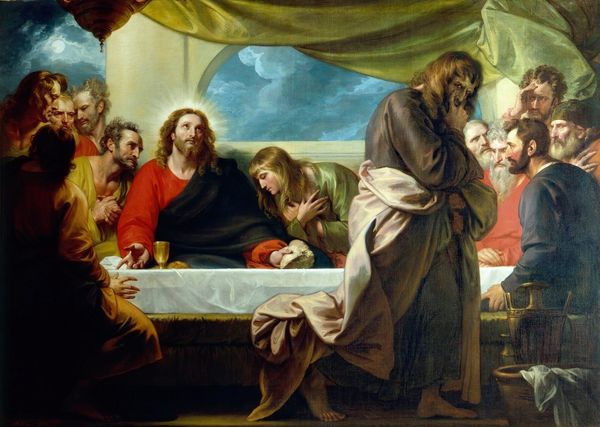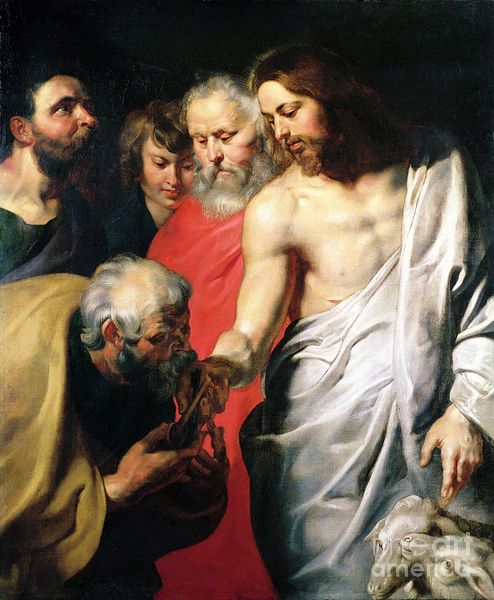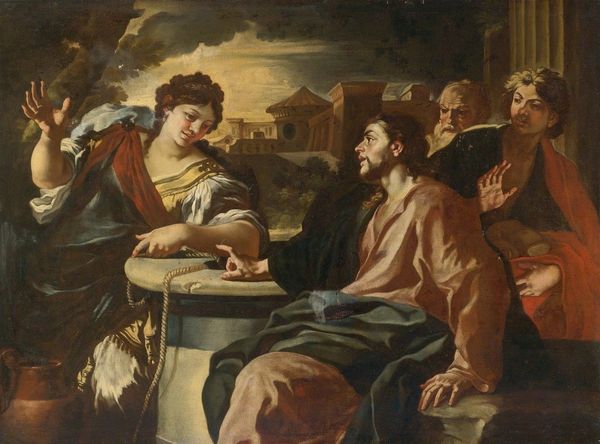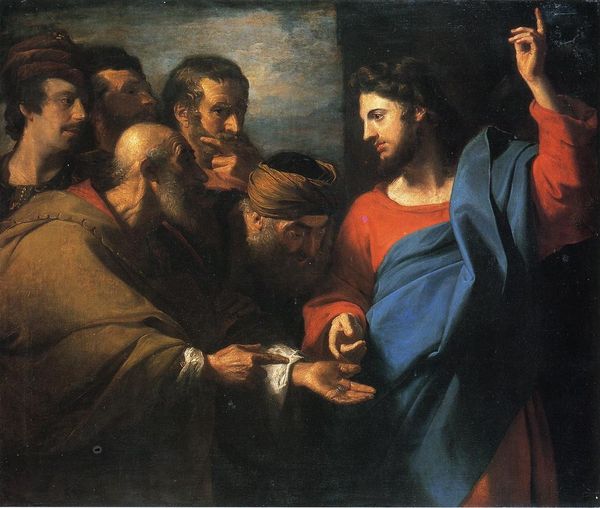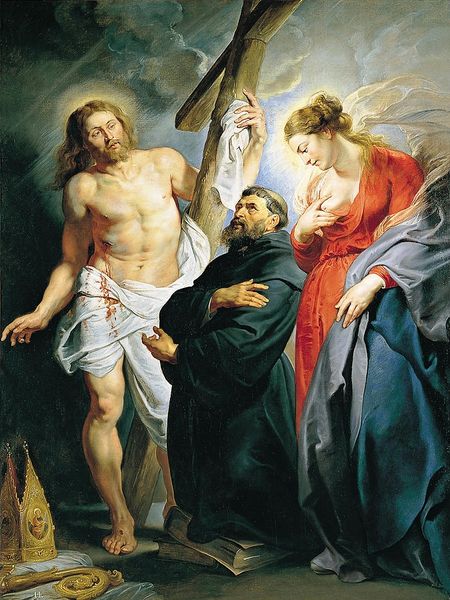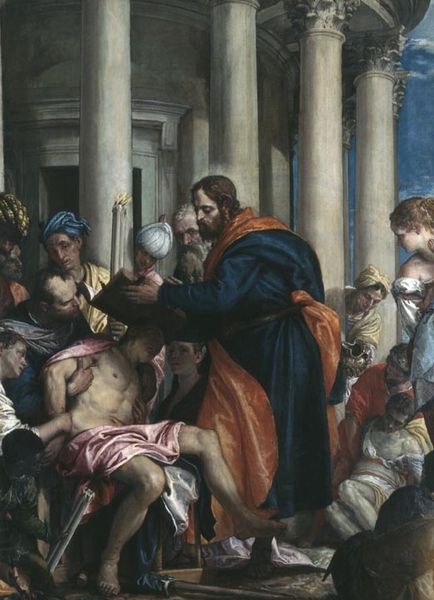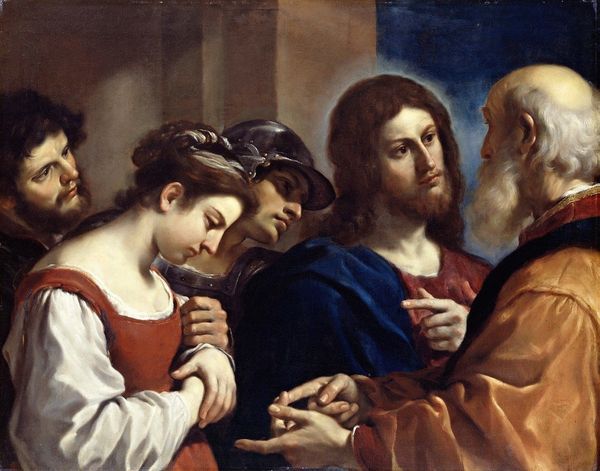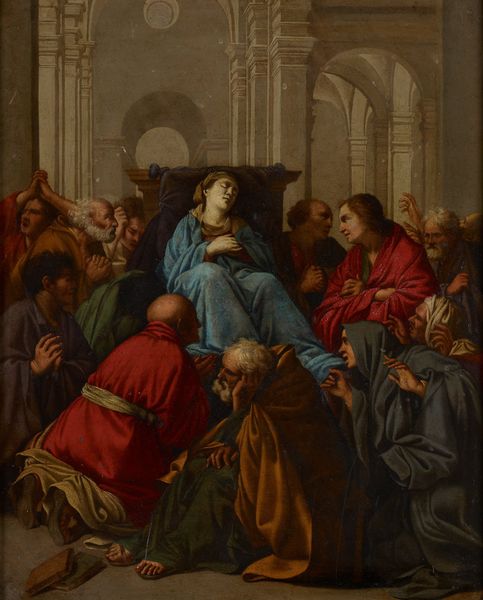
painting, oil-paint
#
baroque
#
painting
#
oil-paint
#
jesus-christ
#
christianity
#
history-painting
#
realism
Dimensions: 237 x 261 cm
Copyright: Public domain
Editor: This is Bartolomé Estebán Murillo’s "Christ at the Pool of Bethesda," painted around 1670, done in oil. It strikes me as an unusual choice of subject for this artist, as it has a kind of gritty realism that I wouldn't expect from the baroque. How do you see this piece fitting into its historical context? Curator: The "gritty realism" you're sensing is really the hinge of the painting's social impact. Murillo was working in Seville, a city grappling with massive inequalities. Images like this offered a specific kind of charity narrative to a wealthy, pious viewership. Look at how the healthy are clearly separated from the sick and marginalized in the composition. It becomes less about the biblical story and more about how to view—and thus treat—those deemed socially "unfit" or "unclean." Does the idealized rendering of Jesus conflict with the supposed realism? Editor: Absolutely. The sharp contrast almost feels intentional, setting up a dichotomy. Does that tie back into what the church at that time was trying to communicate to its congregation, and how they wished society was structured? Curator: Precisely. Consider how the painting might function within the specific architecture it was intended to occupy. Large-scale history paintings often dictated the terms of their viewing, acting as moral instruction as much as aesthetic experience. They weren't just pretty pictures. Think about how the elite may have viewed themselves when they saw this. What narratives of piety are visually rewarded? Editor: So it's a statement about societal expectations and roles as much as it is about religious healing. I’m starting to see how much the politics of the era played a role. Curator: Exactly. And appreciating that shift in perspective, seeing beyond just the surface narrative, gives the painting new and uncomfortable power. It's a conversation starter.
Comments
No comments
Be the first to comment and join the conversation on the ultimate creative platform.
